Home>Gardening & Outdoor>Plant Care & Gardening Tips>How Long To Soak Wildflower Seeds
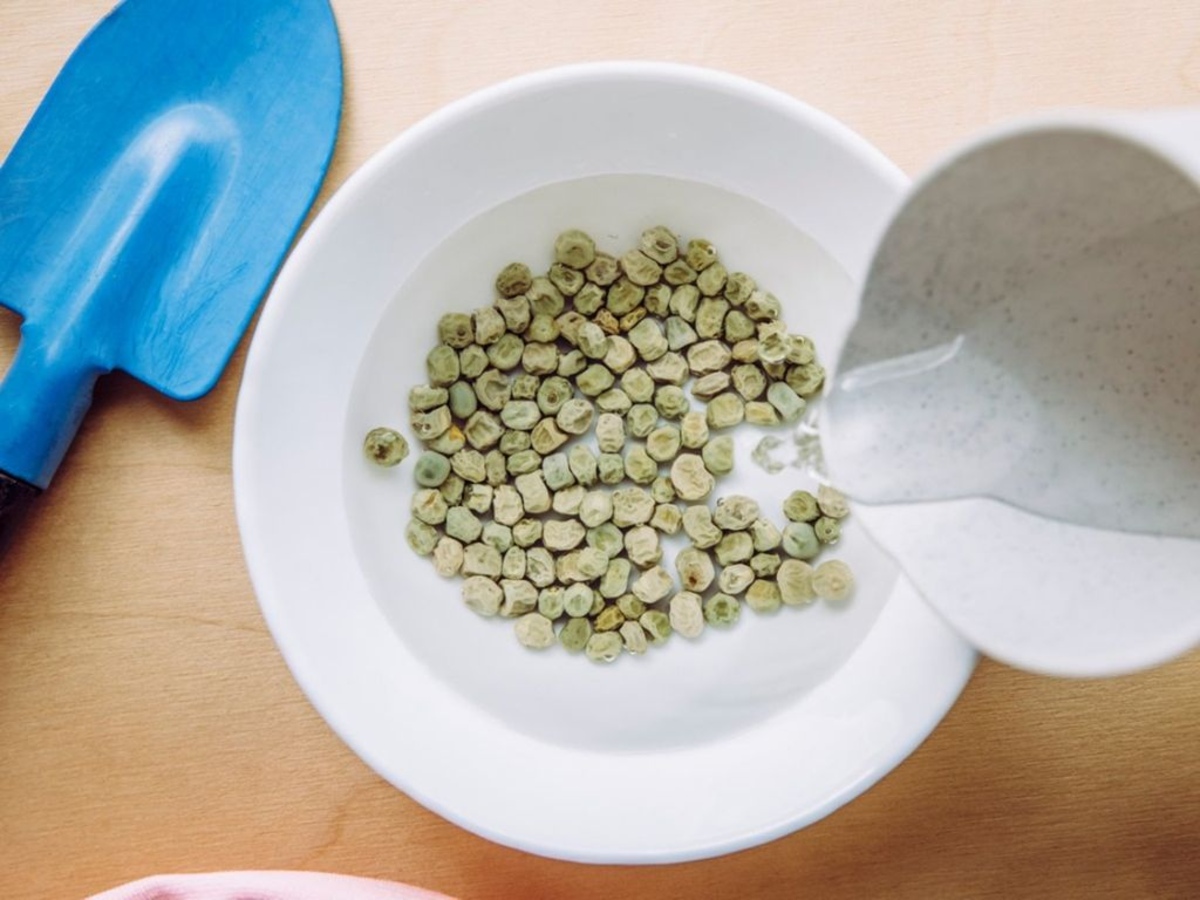

Plant Care & Gardening Tips
How Long To Soak Wildflower Seeds
Modified: January 9, 2024
Discover the ideal soaking time for wildflower seeds and improve your plant care and gardening efforts with expert tips. Learn how to maximize growth and bloom!
(Many of the links in this article redirect to a specific reviewed product. Your purchase of these products through affiliate links helps to generate commission for Storables.com, at no extra cost. Learn more)
**
Introduction
**
Soaking wildflower seeds before planting can significantly improve their germination rate and overall success in your garden. This simple yet effective technique mimics the natural process of seed stratification, which is essential for breaking seed dormancy and promoting healthy growth. By understanding the factors that influence soaking time and the specific requirements of different wildflower seeds, you can maximize the benefits of this practice and set the stage for a vibrant and flourishing garden.
Wildflowers are renowned for their beauty, resilience, and ability to attract pollinators, making them a popular choice for both novice and experienced gardeners. However, their diverse characteristics and growing preferences necessitate careful attention to seed preparation and planting methods. Soaking wildflower seeds is a valuable strategy that can enhance their viability and accelerate the germination process, leading to more robust seedlings and ultimately, a more bountiful display of blooms.
In this comprehensive guide, we will delve into the various factors that influence soaking time, explore the recommended soaking durations for different types of wildflower seeds, and provide valuable tips for ensuring successful seed soaking. Whether you are embarking on your first wildflower gardening endeavor or seeking to refine your existing practices, this article will equip you with the knowledge and insights needed to harness the full potential of soaked wildflower seeds. Let's embark on this horticultural journey and unlock the secrets to nurturing thriving wildflower blooms from the very beginning.
**
Key Takeaways:
- Soaking wildflower seeds before planting can improve their germination rate and overall success in your garden. Factors like seed hardness, size, age, and water temperature influence the soaking time.
- Different wildflower seeds require specific soaking durations for optimal germination. Lupine seeds benefit from 24-48 hours, while zinnia seeds only need 4-6 hours. Using filtered water and monitoring soaking duration are essential for success.
Read more: How Long To Soak Pumpkin Seeds
Factors Affecting Soaking Time
**
Several key factors influence the optimal soaking time for wildflower seeds, and understanding these variables is crucial for achieving successful germination and robust plant growth. By taking into account the following considerations, you can tailor your seed soaking approach to suit the specific needs of different wildflower species, thereby maximizing their potential for flourishing in your garden:
- Seed Hardness:
- Seed Size:
- Seed Age:
- Water Temperature:
- Seed Coat Permeability:
The hardness of wildflower seeds varies widely among different species. Hard-coated seeds, such as those of poppies and lupines, typically benefit from longer soaking periods to soften the seed coat and promote quicker germination. Conversely, seeds with softer coats, like those of cosmos and zinnias, may require shorter soaking times to prevent over-hydration and potential damage to the embryos.
The size of wildflower seeds can impact their water absorption rates and overall soaking requirements. Smaller seeds, such as those of baby’s breath and forget-me-nots, generally necessitate shorter soaking durations due to their relatively rapid hydration capabilities. Larger seeds, such as sunflowers and black-eyed Susans, often benefit from longer soaking periods to ensure thorough moisture penetration and facilitate the germination process.
The age of wildflower seeds can influence their responsiveness to soaking. Freshly harvested seeds typically exhibit higher viability and may require shorter soaking times than older seeds that have been stored for extended periods. Aging can diminish the seed coat’s permeability, making it more resistant to water absorption and consequently necessitating prolonged soaking to initiate germination.
The temperature of the soaking water can impact the speed and effectiveness of seed hydration. While most wildflower seeds respond well to room temperature water, some species, such as those native to alpine regions, may benefit from cold stratification to simulate their natural germination conditions. In such cases, soaking the seeds in chilled water or refrigerating them for a specified period can enhance their germination potential.
The permeability of a wildflower seed’s coat determines its ability to absorb water and initiate the germination process. Some seeds possess impermeable coats that necessitate scarification or mechanical abrasion to enhance water penetration. In such instances, soaking the seeds for an extended period can aid in softening the coat and facilitating the entry of moisture, thereby promoting successful germination.
By considering these factors and tailoring your seed soaking approach accordingly, you can optimize the germination potential of wildflower seeds and lay the groundwork for a thriving and vibrant garden teeming with diverse floral splendor.
**
Recommended Soaking Times for Different Wildflower Seeds
**
When it comes to soaking wildflower seeds, the duration of immersion varies depending on the specific characteristics and germination requirements of each seed variety. By adhering to the recommended soaking times for different wildflower seeds, you can effectively prime them for successful germination and robust growth. Here are guidelines for soaking times tailored to various popular wildflower species:
- Lupine Seeds:
- Poppy Seeds:
- Zinnia Seeds:
- Cosmos Seeds:
- Black-Eyed Susan Seeds:
- Sunflower Seeds:
Lupine seeds benefit from an extended soaking period of 24 to 48 hours due to their hard seed coats, which can impede water absorption. By allowing the seeds to imbibe moisture for an adequate duration, you can soften the seed coats and expedite the germination process.
Poppy seeds, known for their diminutive size and firm coats, typically require soaking for 12 to 18 hours to facilitate hydration and promote timely germination. This duration allows the seeds to absorb sufficient moisture, softening the outer layer and preparing them for successful sprouting.
Zinnia seeds, characterized by their relatively soft coats, generally necessitate a shorter soaking period of 4 to 6 hours. Prolonged soaking may lead to over-hydration, potentially compromising the viability of the seeds. A brief immersion allows for adequate moisture uptake without risking excessive water absorption.
Similar to zinnia seeds, cosmos seeds exhibit a preference for shorter soaking durations, typically ranging from 2 to 4 hours. Their moderate seed coat permeability and rapid hydration capacity make them well-suited to brief soaking intervals, ensuring optimal moisture uptake without saturating the seeds.
Black-eyed Susan seeds, characterized by their larger size and robust nature, benefit from a soaking period of 8 to 12 hours. This duration allows for thorough hydration, enabling the seeds to prepare for germination while mitigating the risk of over-soaking, which could impede their development.
Sunflower seeds, renowned for their substantial size and nutrient-rich composition, typically require soaking for 12 to 24 hours. This extended immersion period promotes comprehensive moisture absorption, softening the seed coats and priming them for successful germination and vigorous growth.
By adhering to these recommended soaking times tailored to specific wildflower seeds, you can optimize the germination process and set the stage for a flourishing display of vibrant blooms in your garden. These guidelines serve as valuable benchmarks for nurturing diverse wildflower species, harnessing their full potential, and cultivating a thriving and visually captivating floral landscape.
**
Soak wildflower seeds for 12-24 hours before planting to help soften the seed coat and promote germination. Use room temperature water for best results.
Tips for Successful Seed Soaking
**
Optimizing the process of seed soaking is essential for ensuring successful germination and establishing a strong foundation for healthy plant growth. By incorporating the following tips into your seed soaking routine, you can maximize the efficacy of this technique and elevate the potential for vibrant wildflower blooms in your garden:
- Use Filtered Water:
- Monitor Soaking Duration:
- Maintain Ambient Temperature:
- Utilize Aerated Containers:
- Time Soaking According to Planting Schedule:
- Observe Seed Swelling:
- Implement Cold Stratification as Needed:
When soaking wildflower seeds, opt for filtered or distilled water to minimize the presence of impurities and chemicals that could potentially hinder seed hydration. Pure water facilitates optimal moisture uptake and reduces the risk of contaminants that may compromise seed viability.
Adhere closely to the recommended soaking times for each wildflower seed variety, ensuring that you neither under-soak nor over-soak the seeds. Vigilant monitoring of the soaking duration is crucial for preventing potential damage from excessive water absorption while ensuring that the seeds receive adequate moisture for germination.
During the soaking process, maintain a consistent ambient temperature to support optimal seed hydration. Avoid exposing the soaking container to extreme heat or cold, as fluctuations in temperature can disrupt the absorption of moisture and compromise the seeds’ germination potential.
Choose containers for seed soaking that allow for adequate aeration, such as breathable fabric or mesh bags. Proper air circulation during soaking helps prevent the development of mold or mildew, safeguarding the seeds from potential damage and promoting a healthy germination environment.
Coordinate the seed soaking timeline with your intended planting schedule, ensuring that the soaked seeds are promptly sown after the soaking period to capitalize on their enhanced germination readiness. Avoid prolonged storage of soaked seeds, as this can diminish their viability and impede successful establishment in the soil.
During the soaking process, periodically observe the seeds for signs of swelling, indicating successful hydration. This visual cue can help gauge the progress of the soaking process and ensure that the seeds attain the necessary moisture levels for germination.
For wildflower species that benefit from cold stratification to break dormancy and promote germination, consider incorporating this technique in conjunction with seed soaking. By subjecting the soaked seeds to a period of cold treatment, you can simulate natural conditions that encourage robust and timely sprouting.
By integrating these tips into your approach to seed soaking, you can optimize the germination potential of wildflower seeds and pave the way for a vibrant and thriving garden adorned with an array of captivating blooms. This mindful and attentive seed preparation process sets the stage for a rewarding gardening experience and a rich tapestry of flourishing wildflowers.
**
Conclusion
**
Embarking on the journey of cultivating wildflowers in your garden is a rewarding and enriching endeavor, and the practice of soaking wildflower seeds serves as a pivotal step in nurturing their successful germination and robust growth. By considering the factors that influence soaking time, adhering to recommended durations for specific wildflower seeds, and implementing best practices for seed soaking, you can harness the full potential of these botanical treasures and cultivate a flourishing tapestry of vibrant blooms.
Through the strategic application of seed soaking, you can optimize the germination process and lay a strong foundation for the development of healthy and resilient wildflower plants. By tailoring the soaking duration to accommodate the diverse characteristics of different wildflower seeds, you can effectively address their unique hydration needs and set the stage for a bountiful display of floral splendor in your garden.
As you immerse yourself in the art of seed soaking, remember the importance of mindful observation, adherence to recommended guidelines, and the incorporation of complementary techniques, such as cold stratification when applicable. These considerations, coupled with a nurturing and attentive approach, will empower you to unlock the full potential of wildflower seeds and cultivate a garden teeming with vibrant hues and natural allure.
Ultimately, the practice of soaking wildflower seeds transcends mere preparation; it embodies a harmonious partnership with nature, a deliberate act of nurturing potential, and a testament to the transformative power of horticultural stewardship. Through this intentional and nurturing process, you are not only sowing the seeds of floral beauty but also cultivating a deeper connection to the natural world and fostering a sanctuary of vibrant life within your garden.
As you embark on your wildflower gardening journey, may the practice of seed soaking infuse your endeavors with resilience, vitality, and the boundless promise of nature’s exquisite wonders. Embrace this transformative practice, and witness the remarkable evolution of dormant seeds into a resplendent tapestry of wildflower blooms, each petal a testament to the nurturing care and mindful preparation that began with a simple act of soaking.
Frequently Asked Questions about How Long To Soak Wildflower Seeds
Was this page helpful?
At Storables.com, we guarantee accurate and reliable information. Our content, validated by Expert Board Contributors, is crafted following stringent Editorial Policies. We're committed to providing you with well-researched, expert-backed insights for all your informational needs.
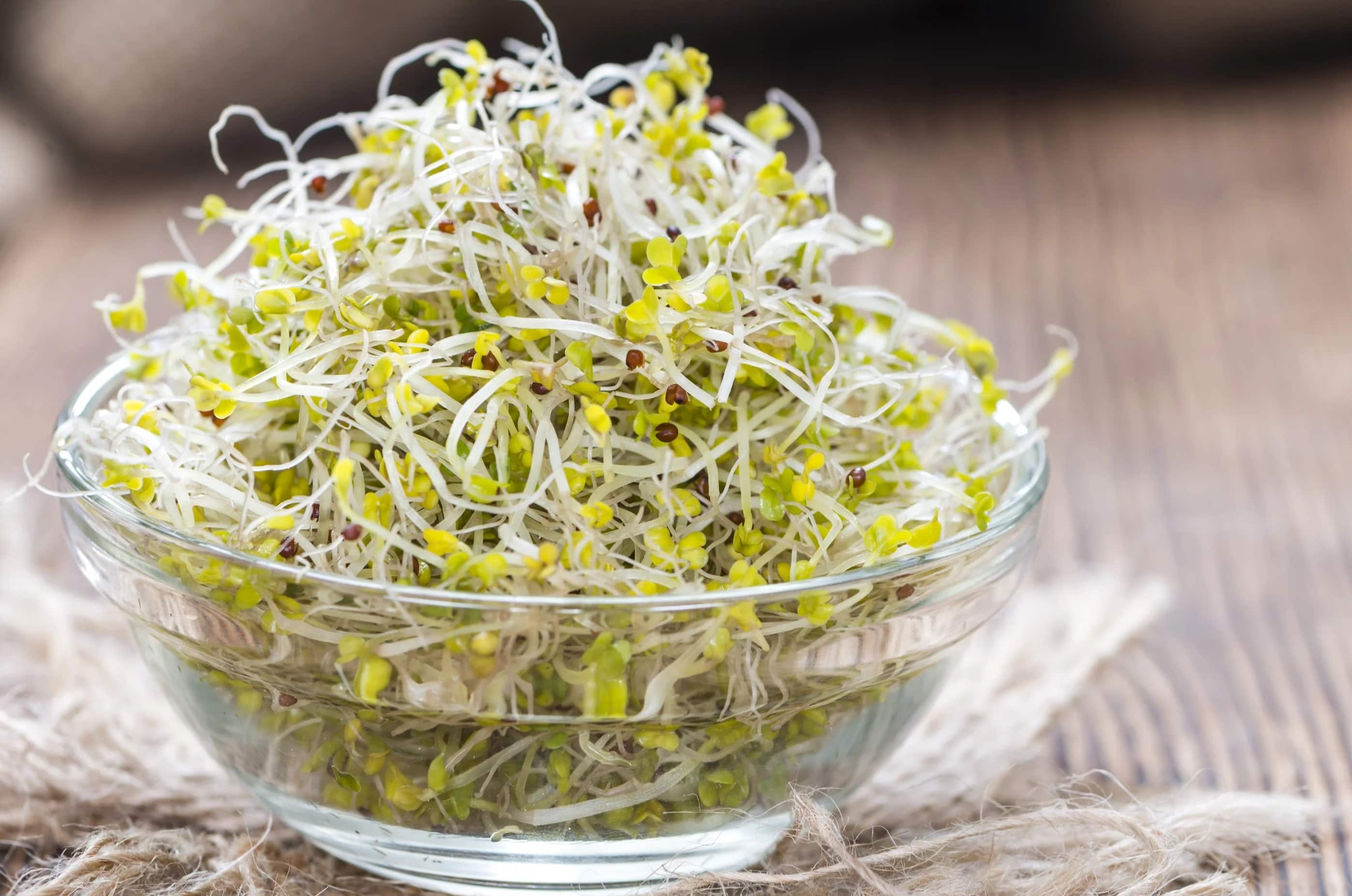
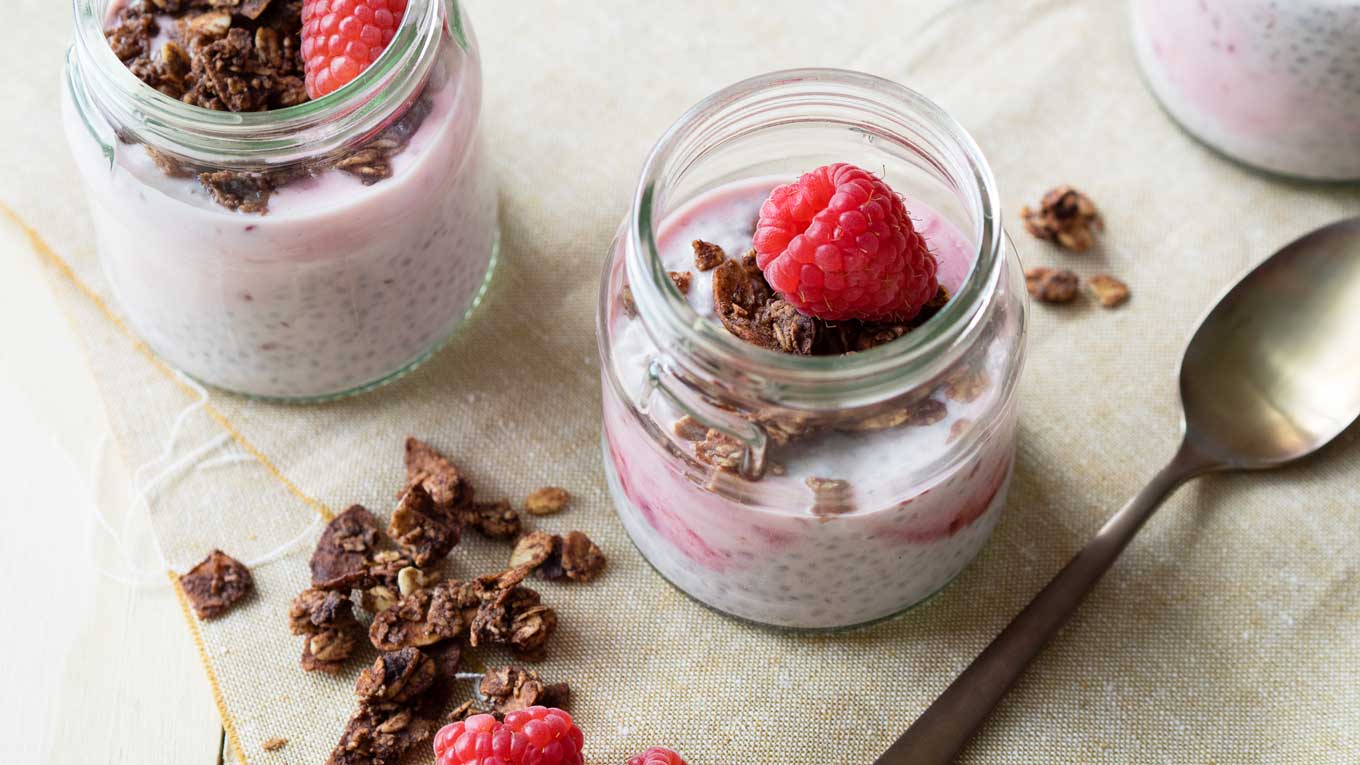
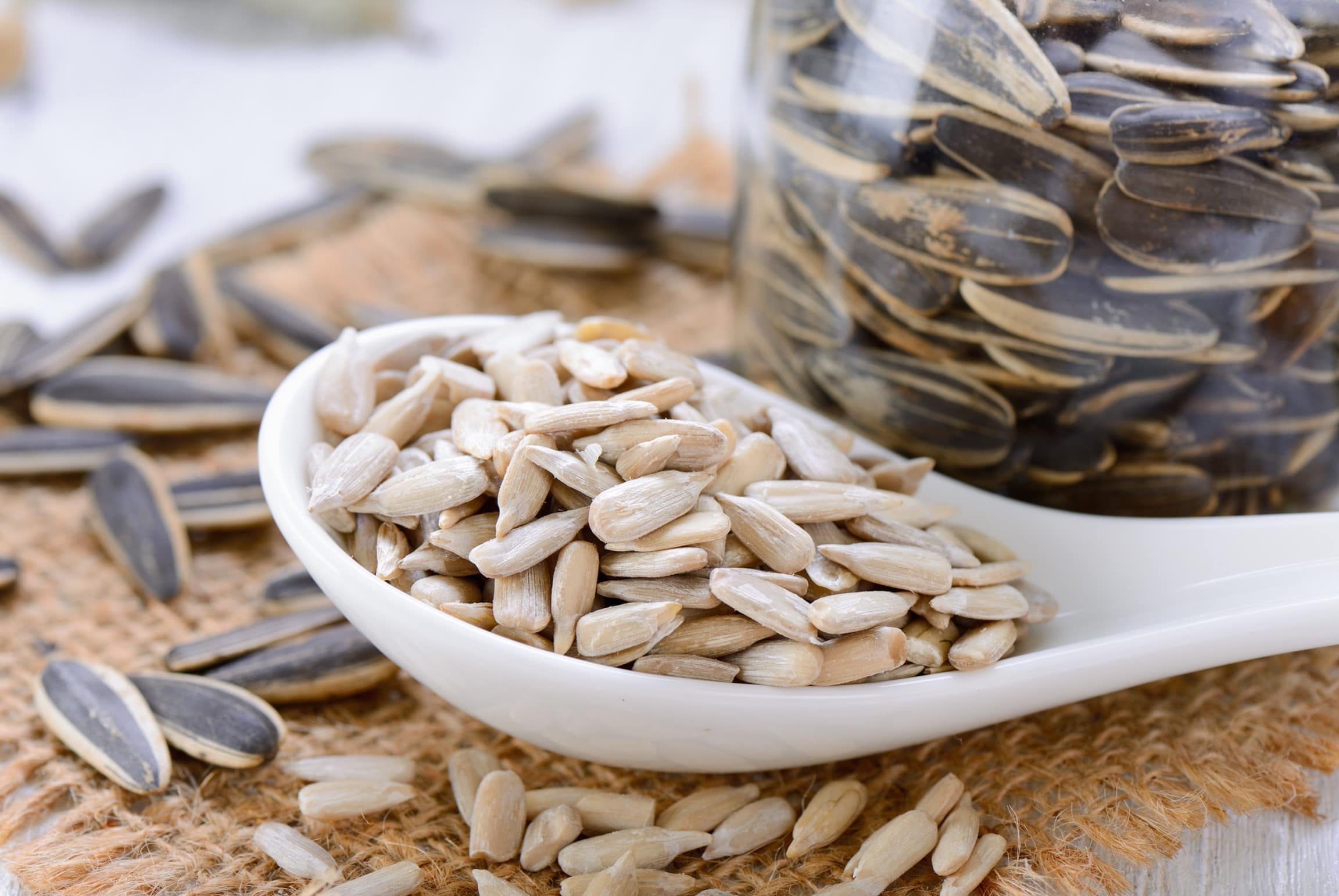
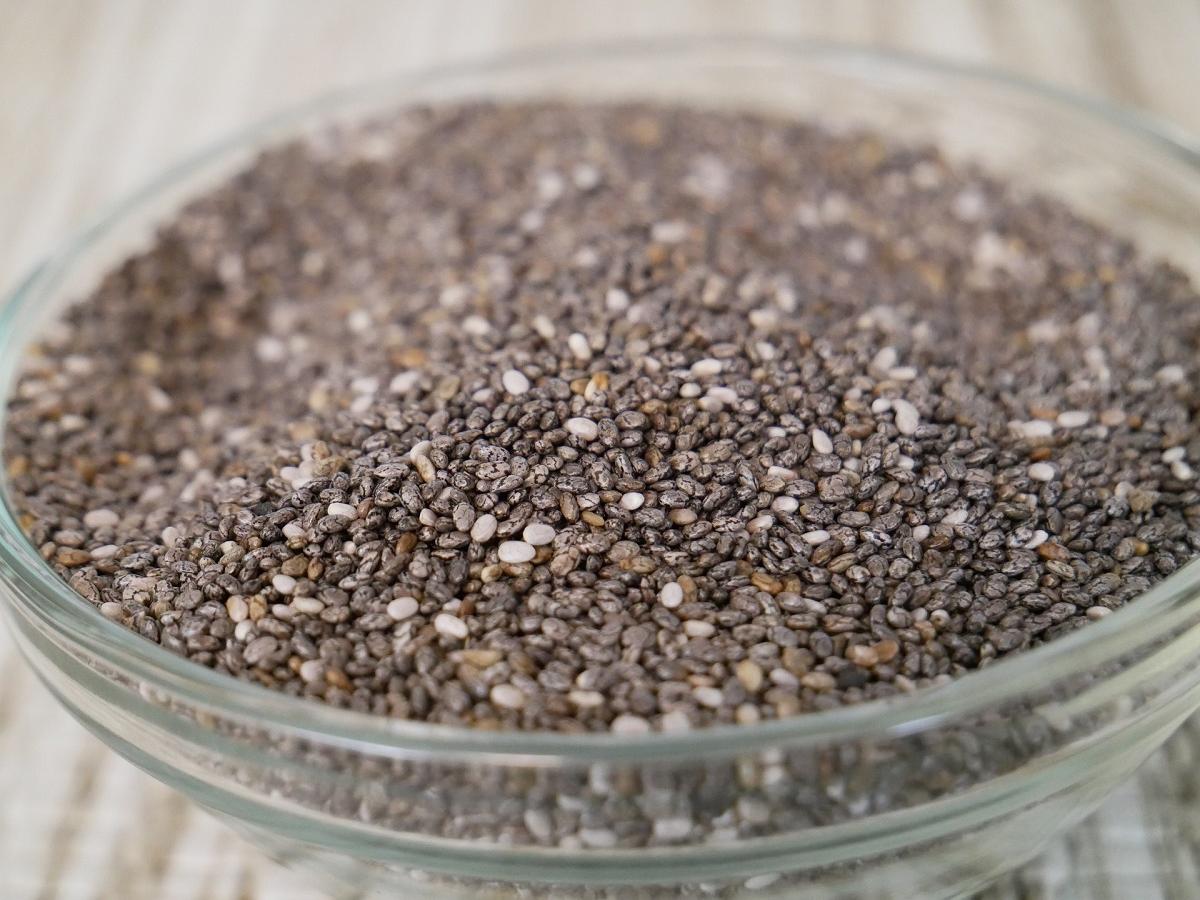
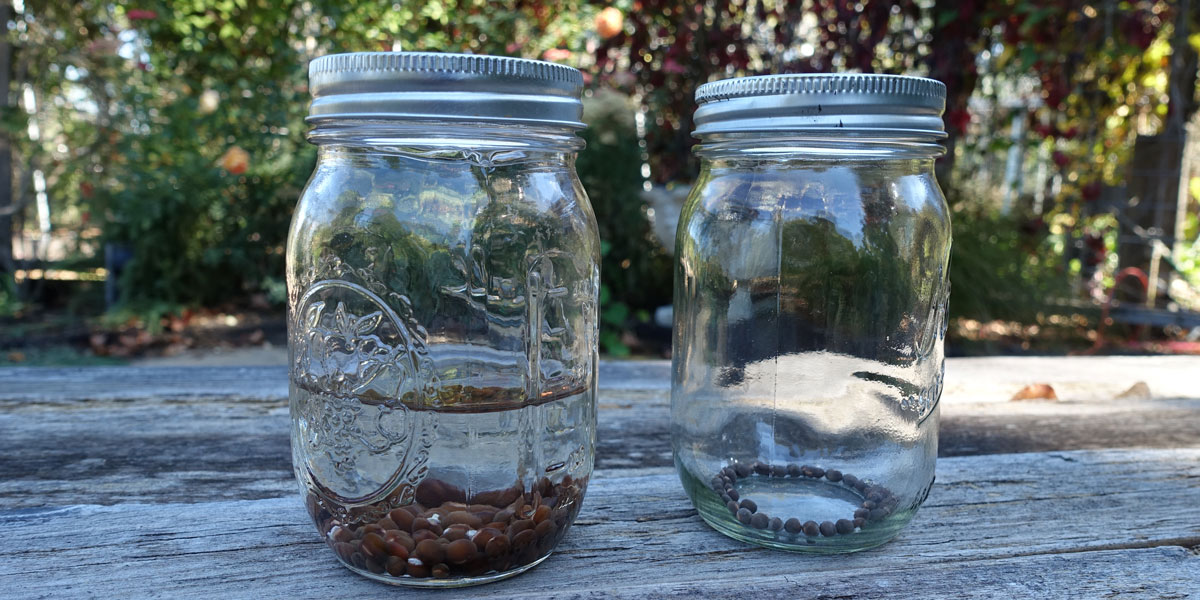
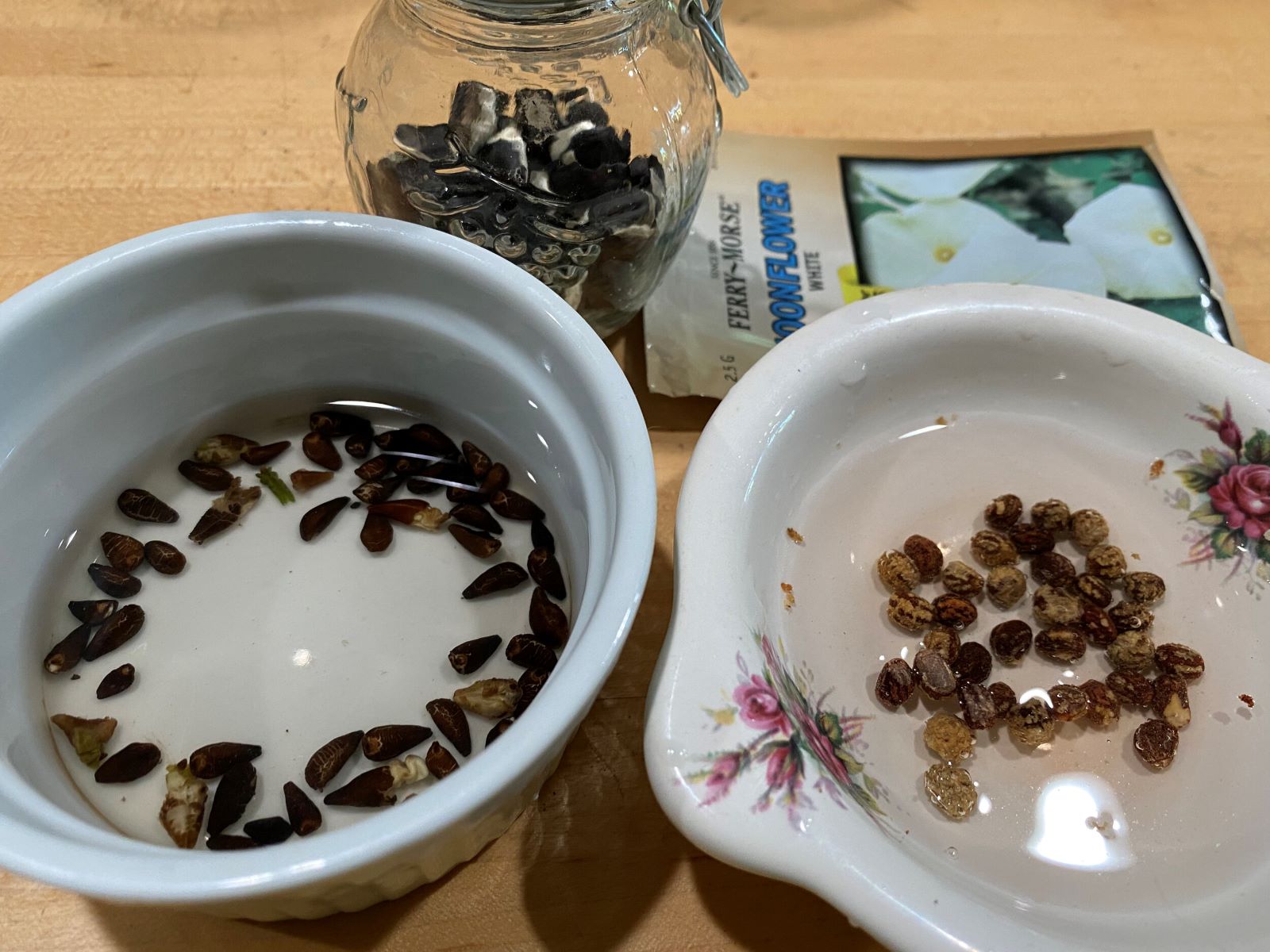
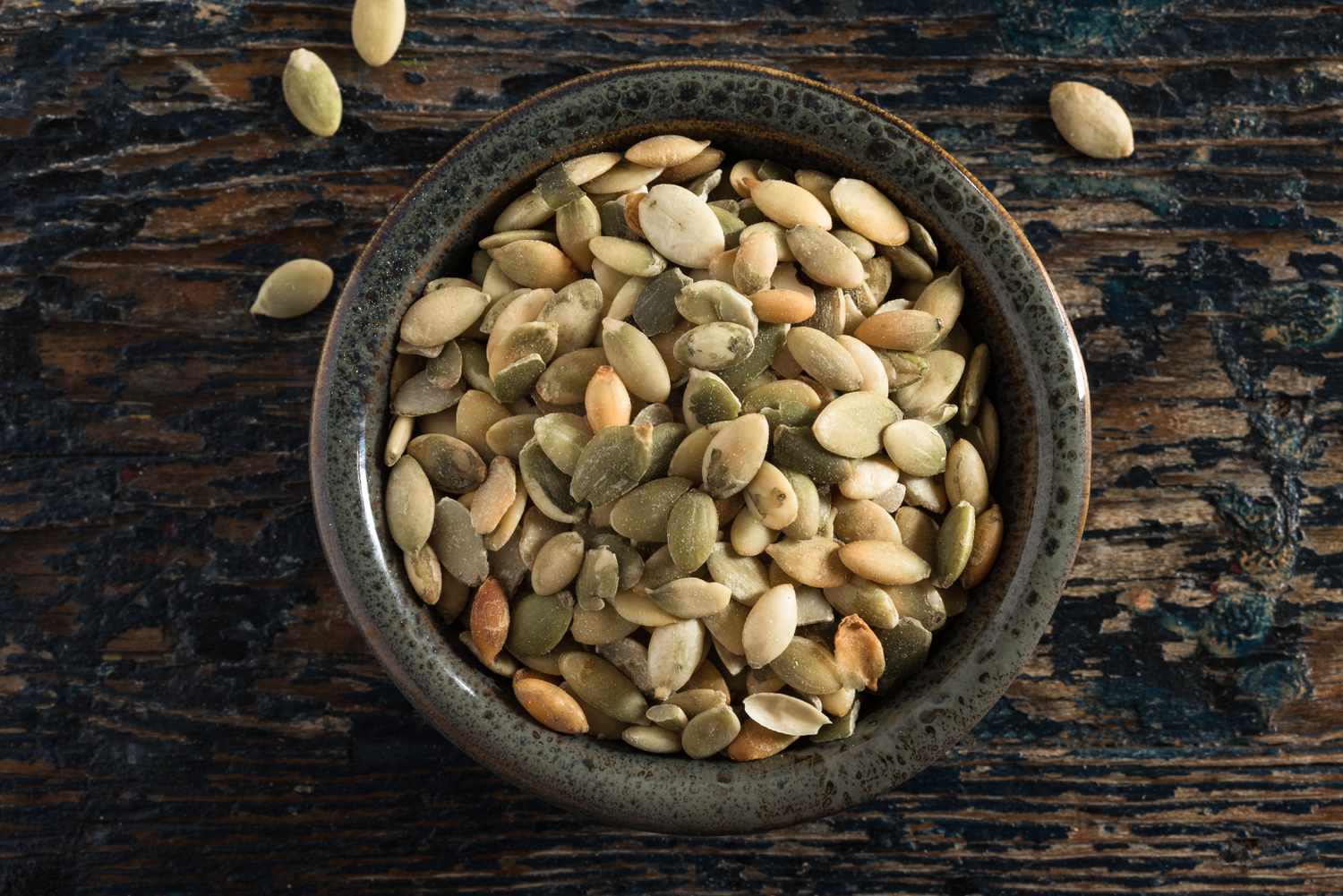
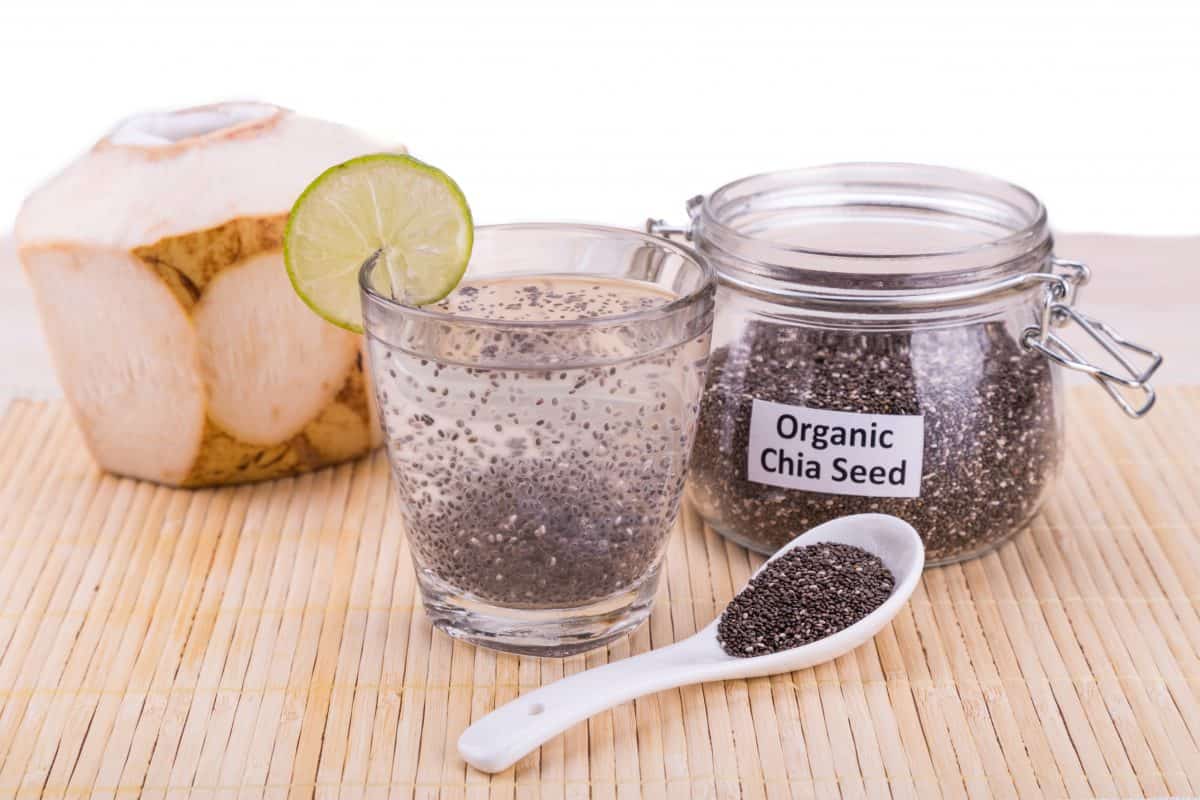
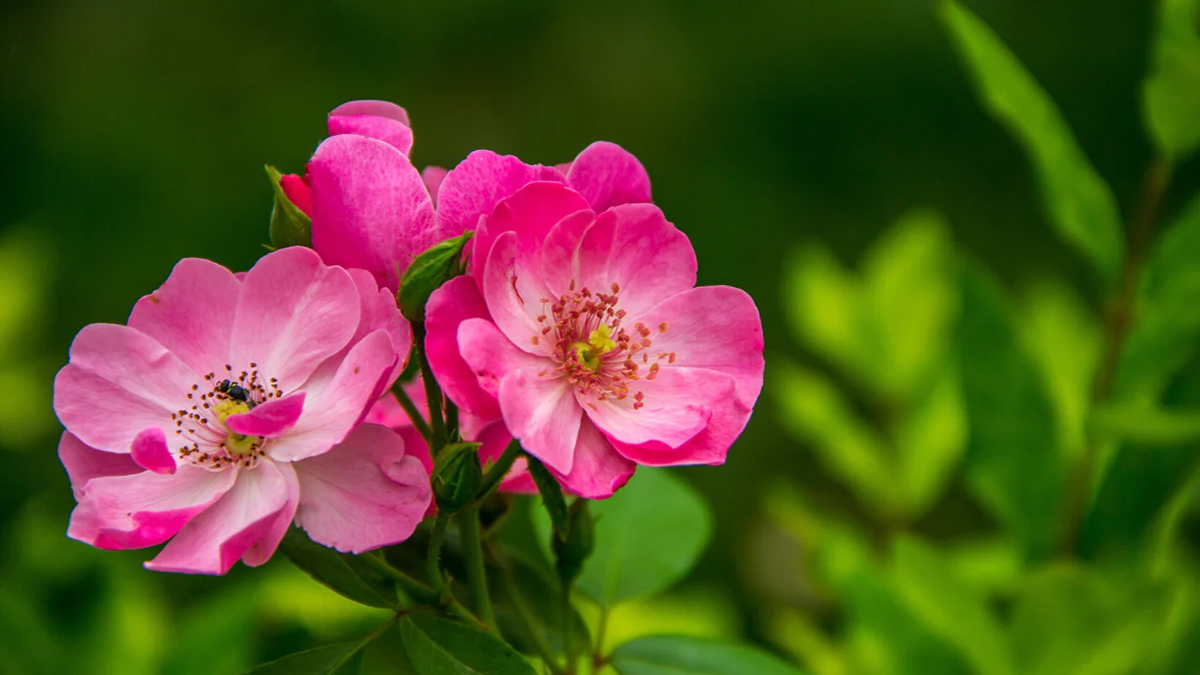
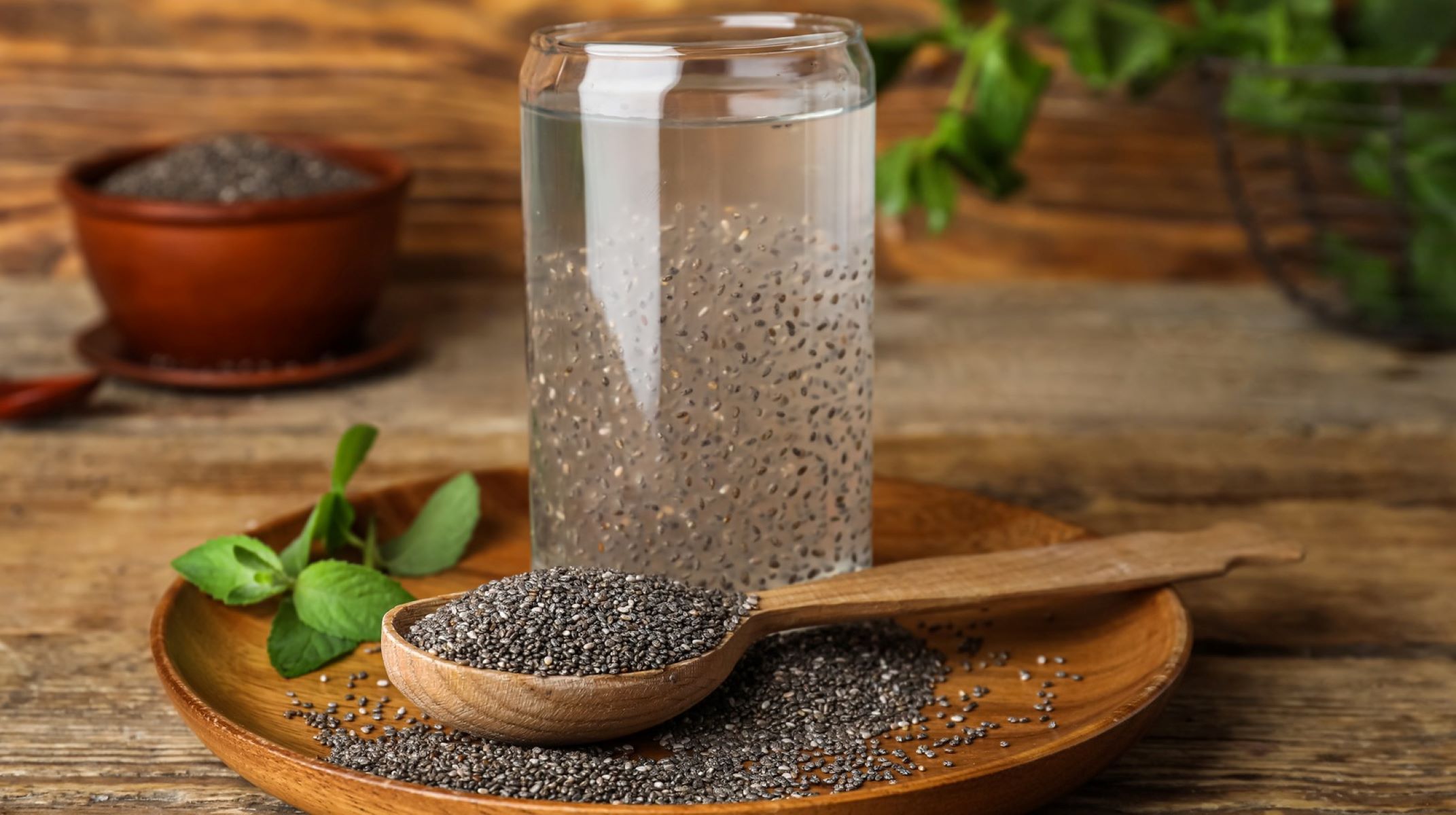
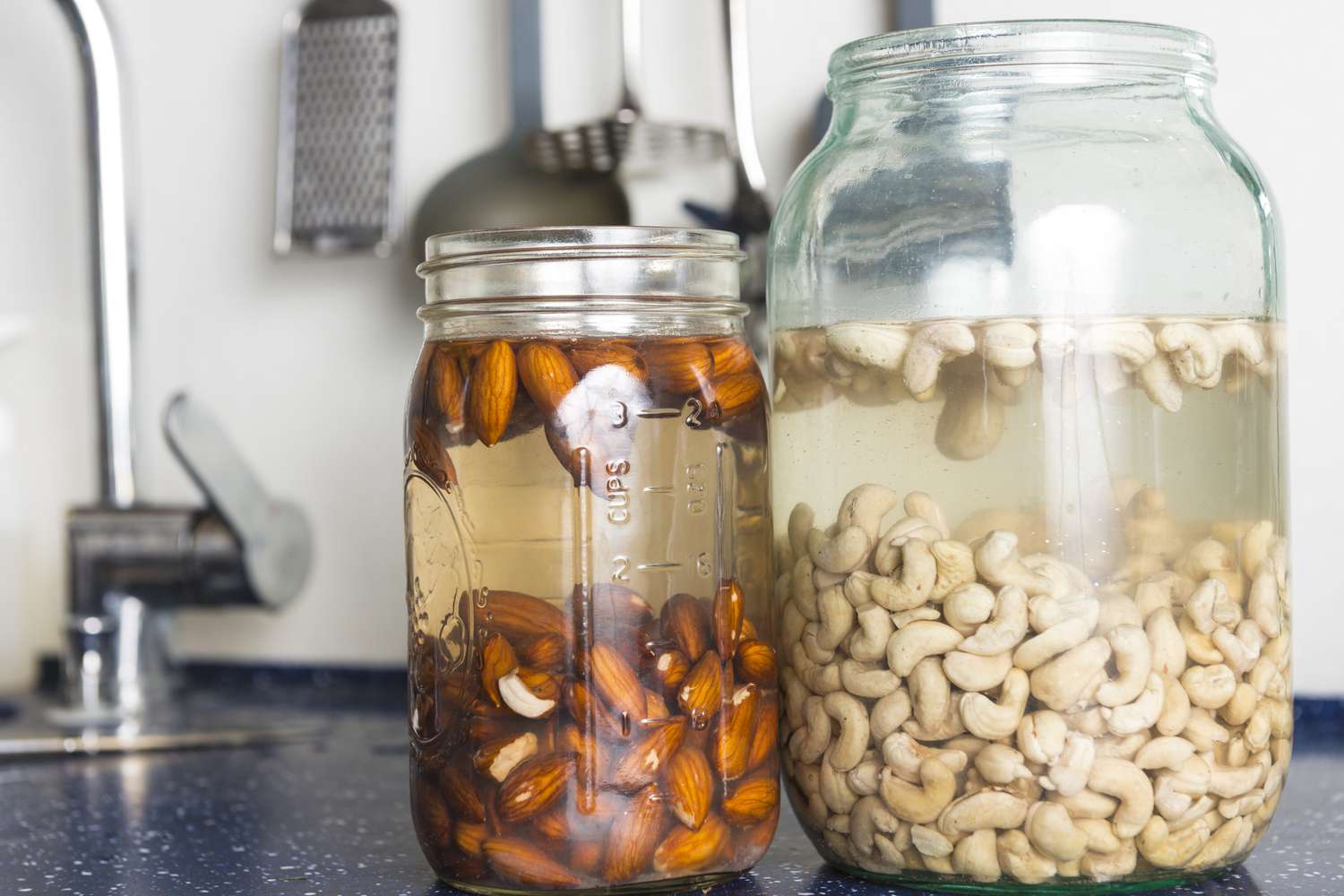
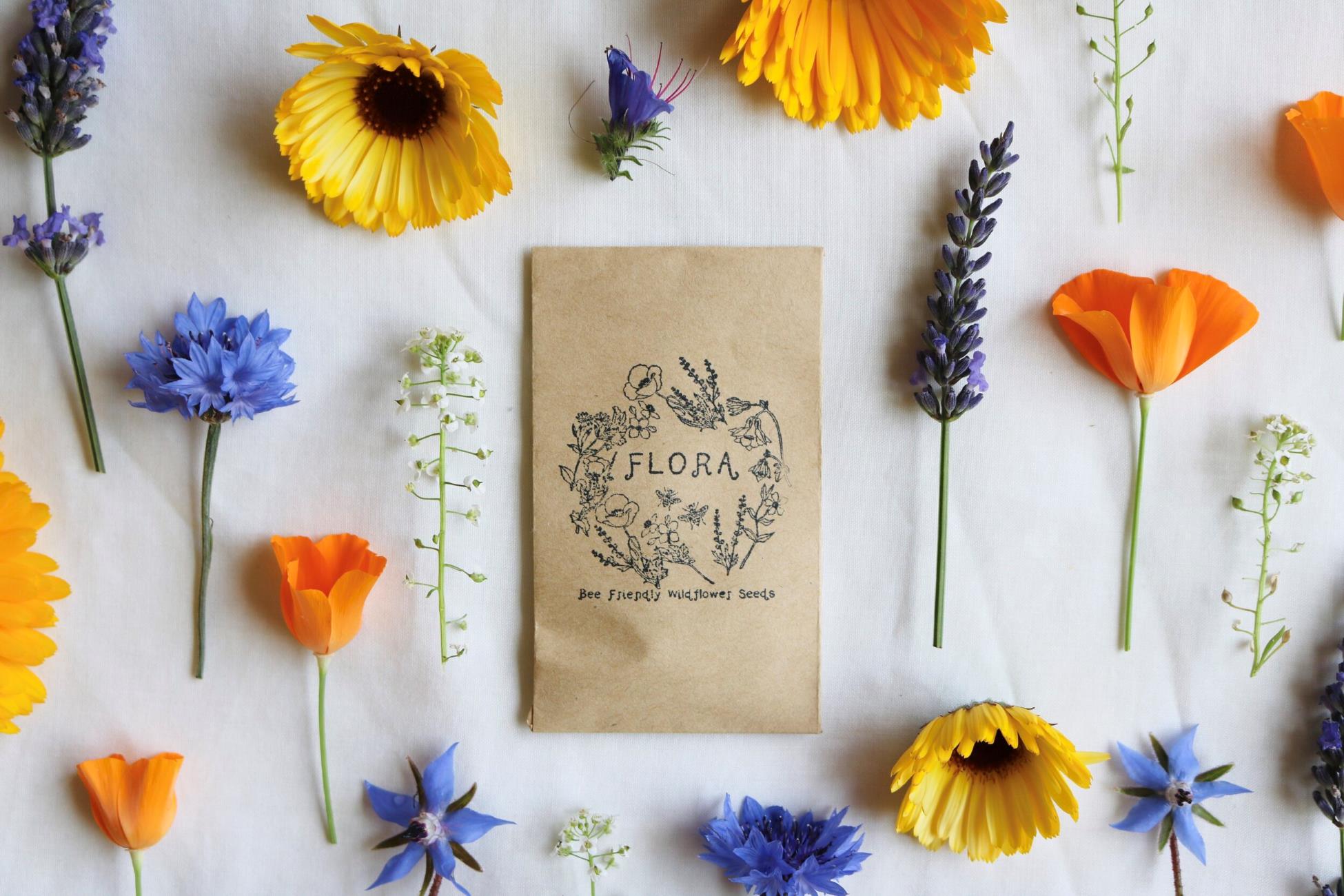
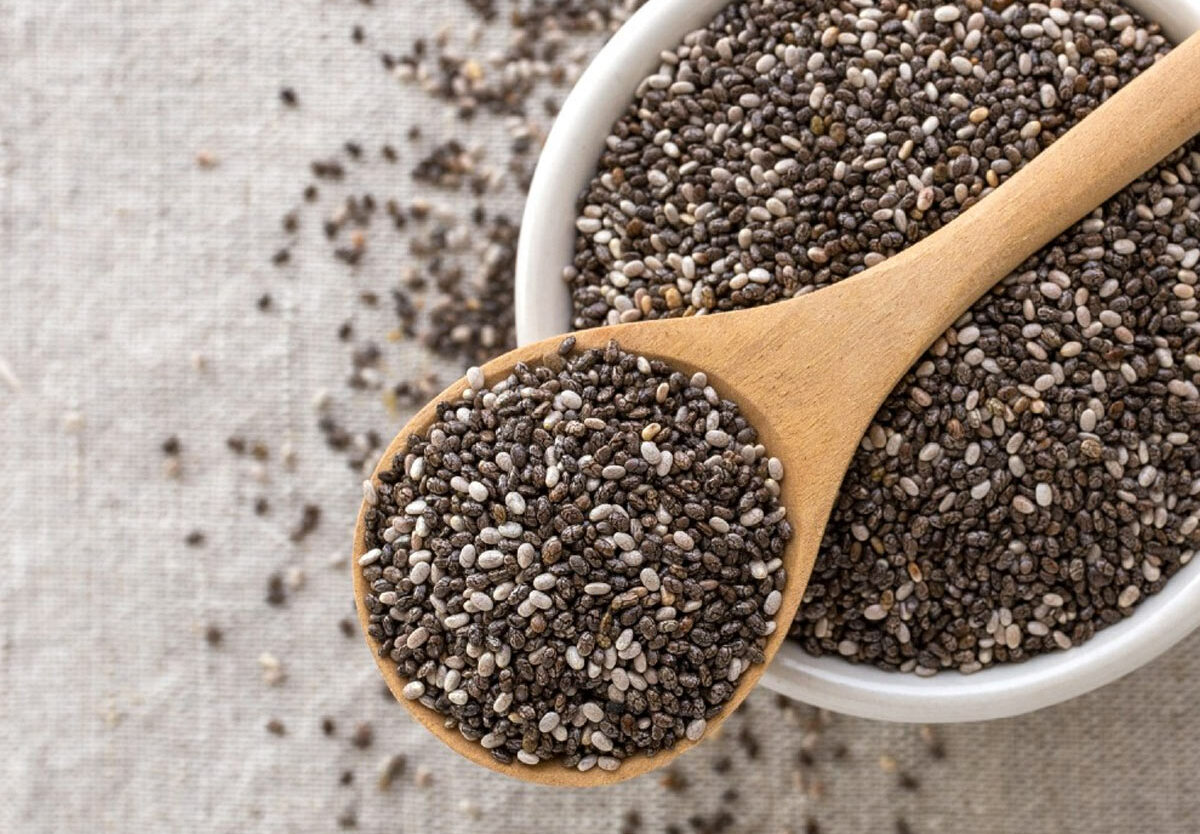
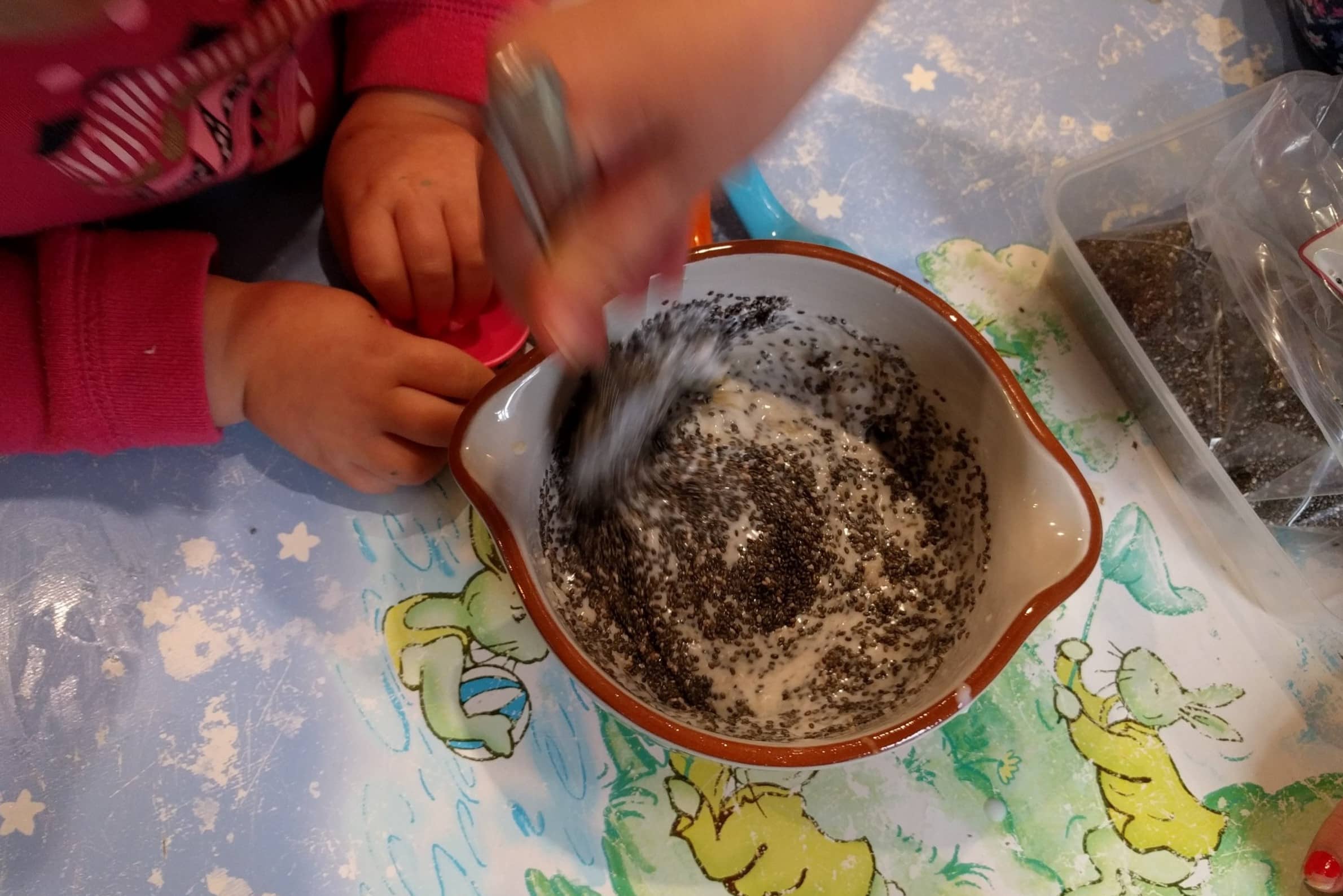
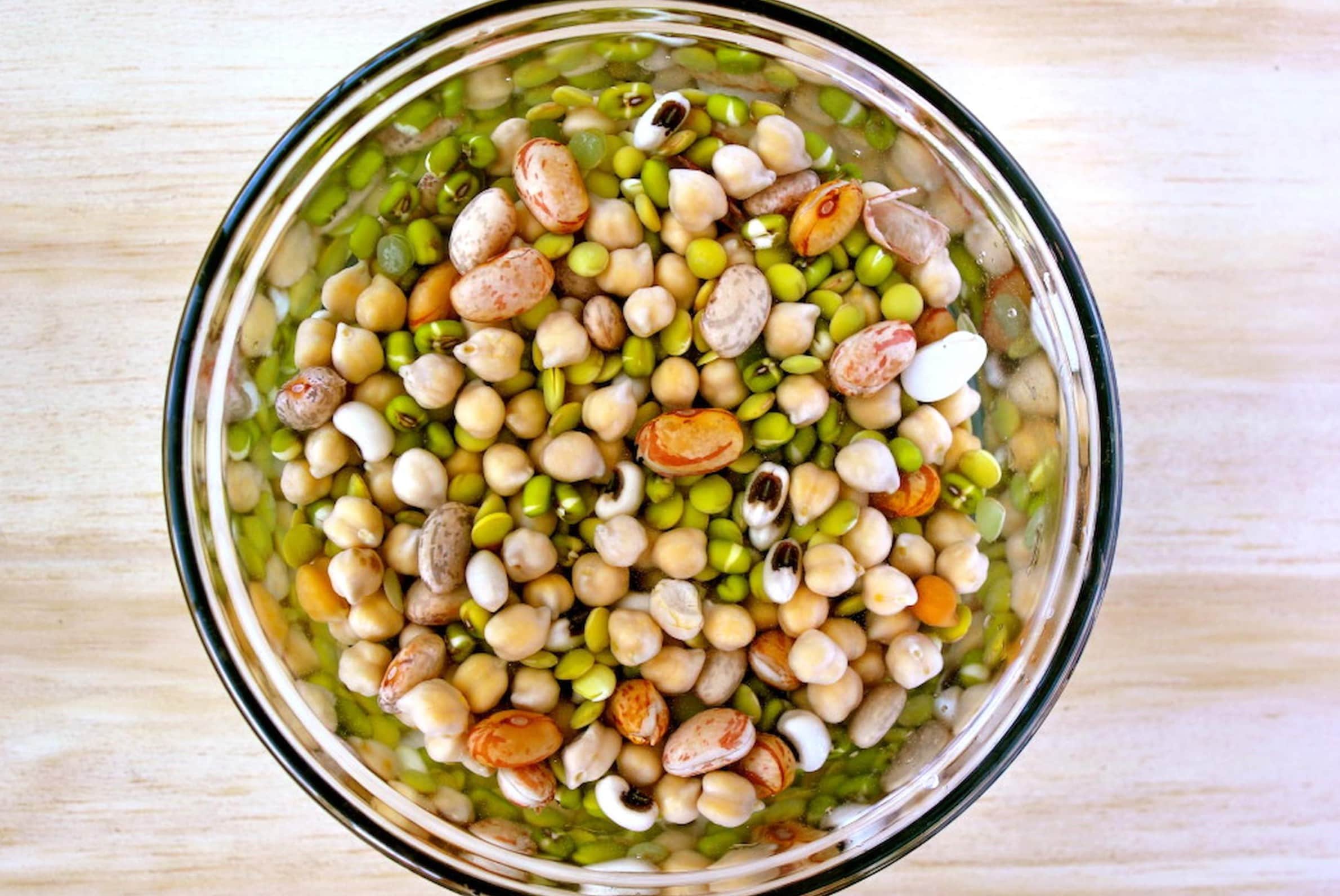

0 thoughts on “How Long To Soak Wildflower Seeds”